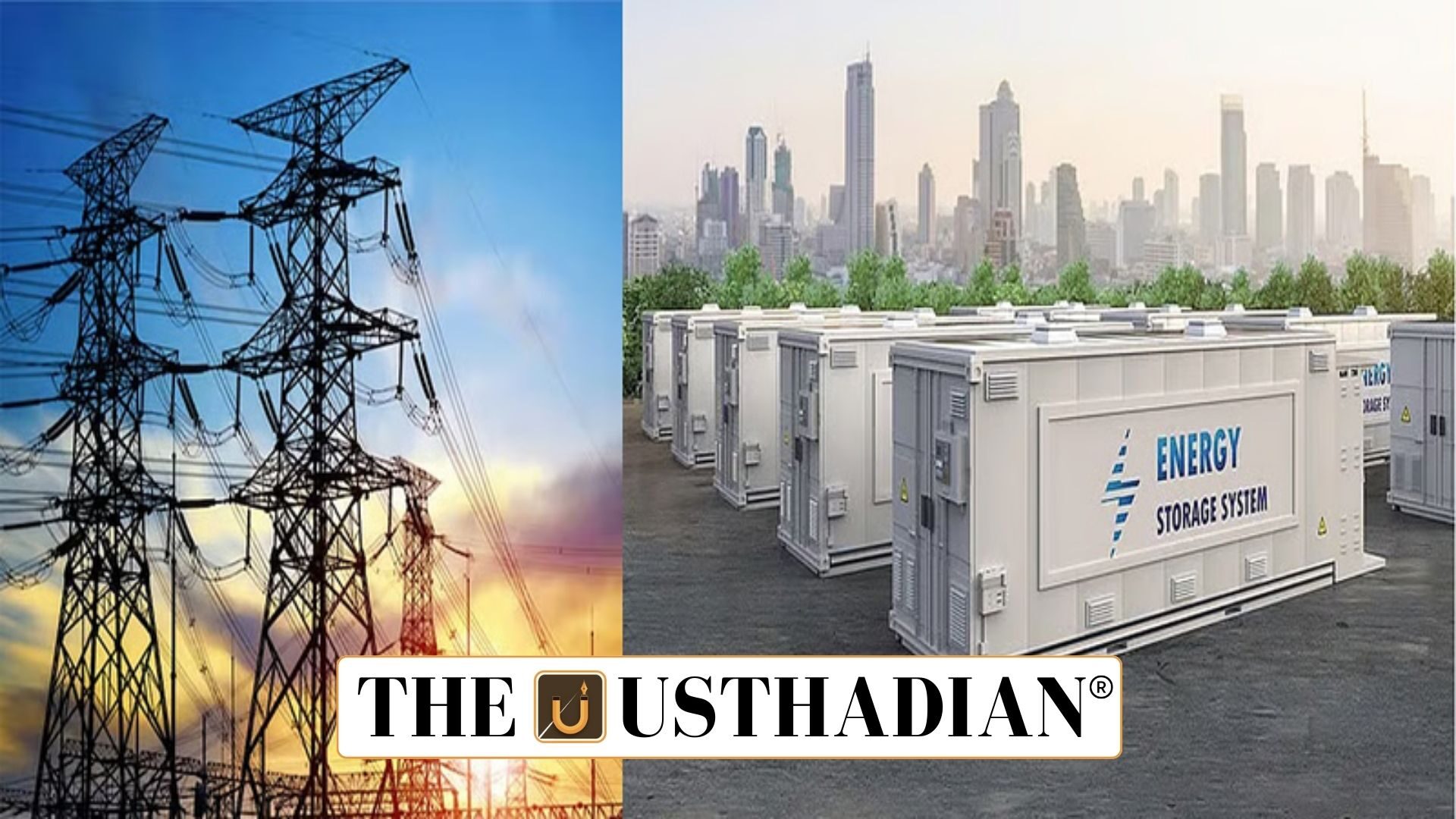Rising demand for energy storage
India’s Energy Storage Investment Push Towards 2032: India will require nearly $50 billion investment in Energy Storage Systems (ESS) by 2032 according to a report by the India Energy and Climate Centre. The study highlights the need to scale up storage infrastructure to achieve the country’s ambitious 500 GW non-fossil capacity target by 2030.
At present, India has only 6 GW of energy storage, mostly through pumped hydro. This capacity needs to grow to 61 GW by 2030 and further to 97 GW by 2032.
Static GK fact: The International Solar Alliance (ISA) headquartered in Gurugram was jointly launched by India and France in 2015 to promote clean energy.
Battery storage to dominate
Due to declining costs and technological advancements, battery storage is expected to dominate the future energy storage mix. These systems provide flexibility in managing renewable power and reduce reliance on conventional sources.
Static GK tip: Lithium-ion batteries are currently the most widely used storage technology globally, with China leading in production capacity.
Role of energy storage systems
Energy Storage Systems allow renewable energy to be stored during the day and used during peak demand hours. They play a crucial role in enabling higher penetration of Variable Renewable Energy (VRE) into the grid.
They also support the growth of electric mobility, while maintaining grid stability and improving overall power quality.
Static GK fact: The first pumped storage hydro project in India was commissioned at Purulia, West Bengal, with a capacity of 900 MW.
Policy and regulatory directions
The report suggests multiple measures to accelerate adoption:
- Adding storage to existing renewable projects to maximize efficiency of grid infrastructure.
- Mandatory co-located storage for upcoming renewable projects.
- Expanding Viability Gap Funding (VGF) beyond standalone storage to solar + storage projects.
- Promoting domestic manufacturing through the PLI scheme for Advanced Chemistry Cells (ACC).
- Securing strategic minerals like lithium through international partnerships.
India’s clean energy roadmap
Energy storage will be central to India’s clean energy transition. With renewable energy capacity rising, investment in storage solutions ensures both sustainability and energy security. The push for domestic manufacturing, coupled with regulatory support, is expected to attract large-scale investments in the coming years.
Static GK fact: India’s National Electricity Plan 2023 projects that renewable energy will account for more than 65% of total installed capacity by 2032.
Static Usthadian Current Affairs Table
India’s Energy Storage Investment Push Towards 2032:
| Topic | Detail |
| Report published by | India Energy and Climate Centre |
| Investment needed by 2032 | $50 billion |
| Energy storage requirement by 2030 | 61 GW |
| Energy storage requirement by 2032 | 97 GW |
| Current storage capacity | 6 GW (mainly pumped hydro) |
| Dominant future technology | Battery Energy Storage Systems |
| Key policy support | VGF expansion, PLI scheme for ACC, co-located storage |
| Strategic mineral focus | Lithium and rare earth reserves |
| India’s clean energy target | 500 GW non-fossil capacity by 2030 |
| First pumped storage project in India | Purulia, West Bengal (900 MW) |








